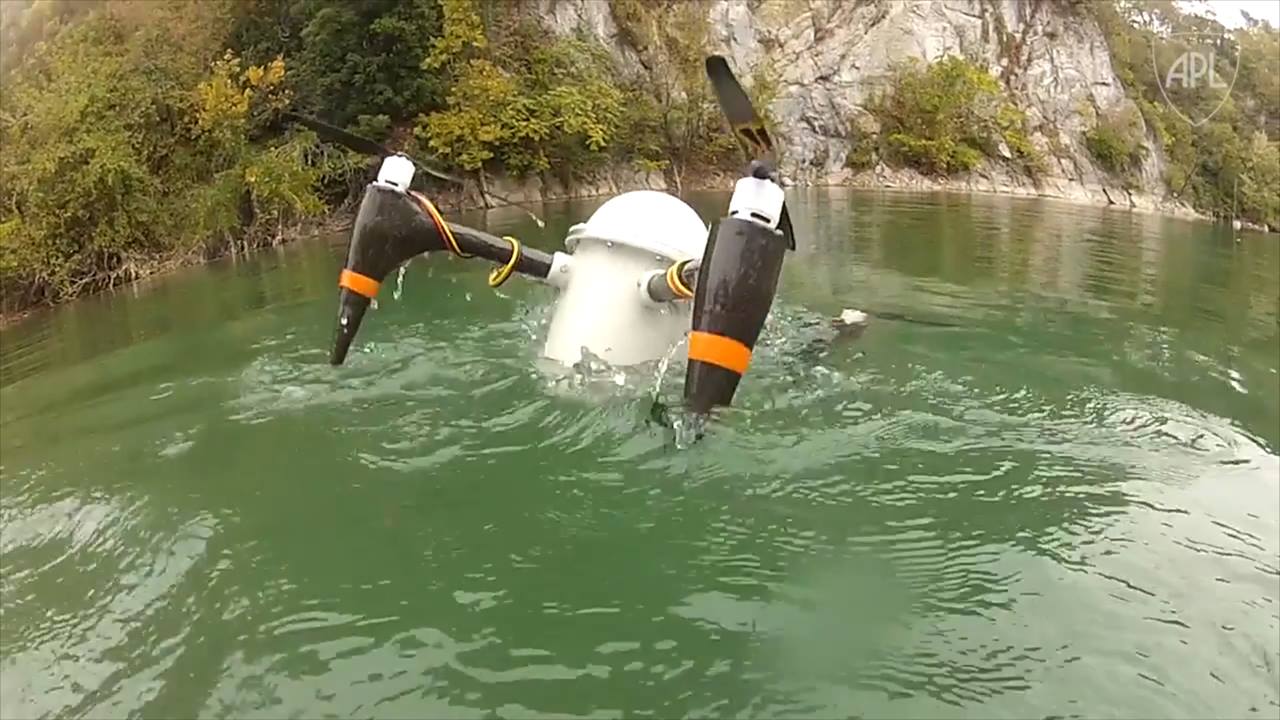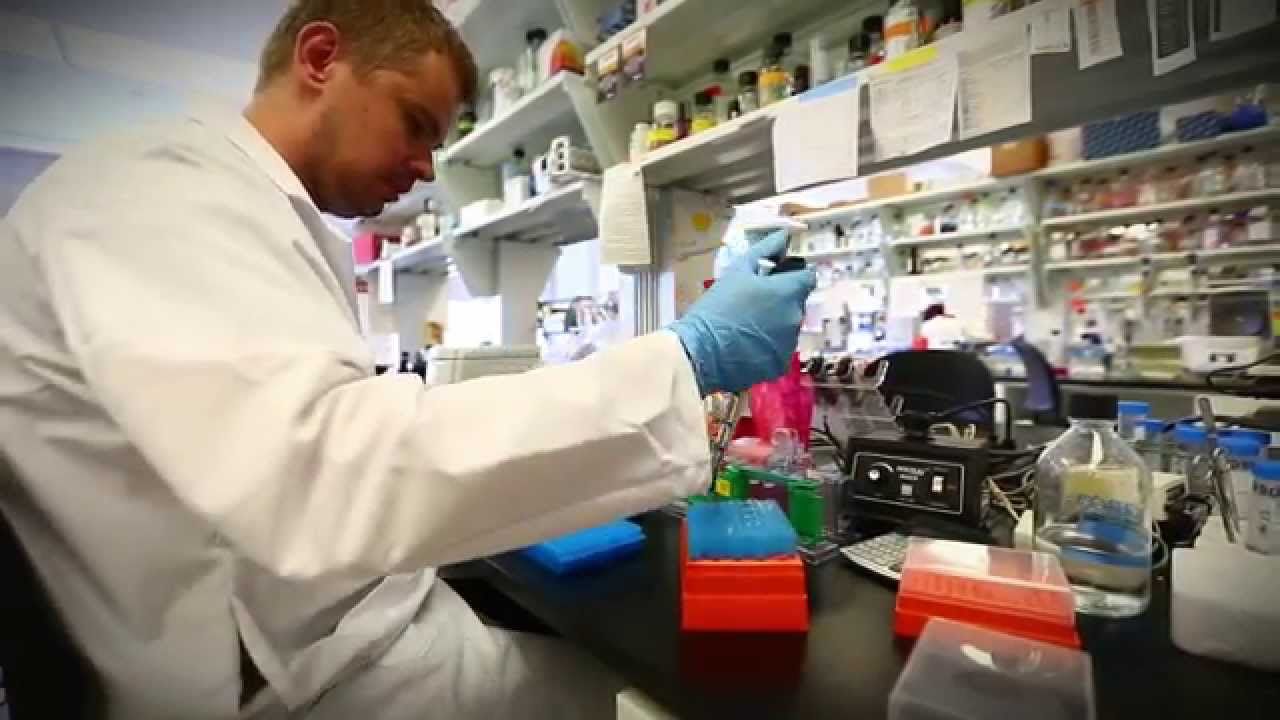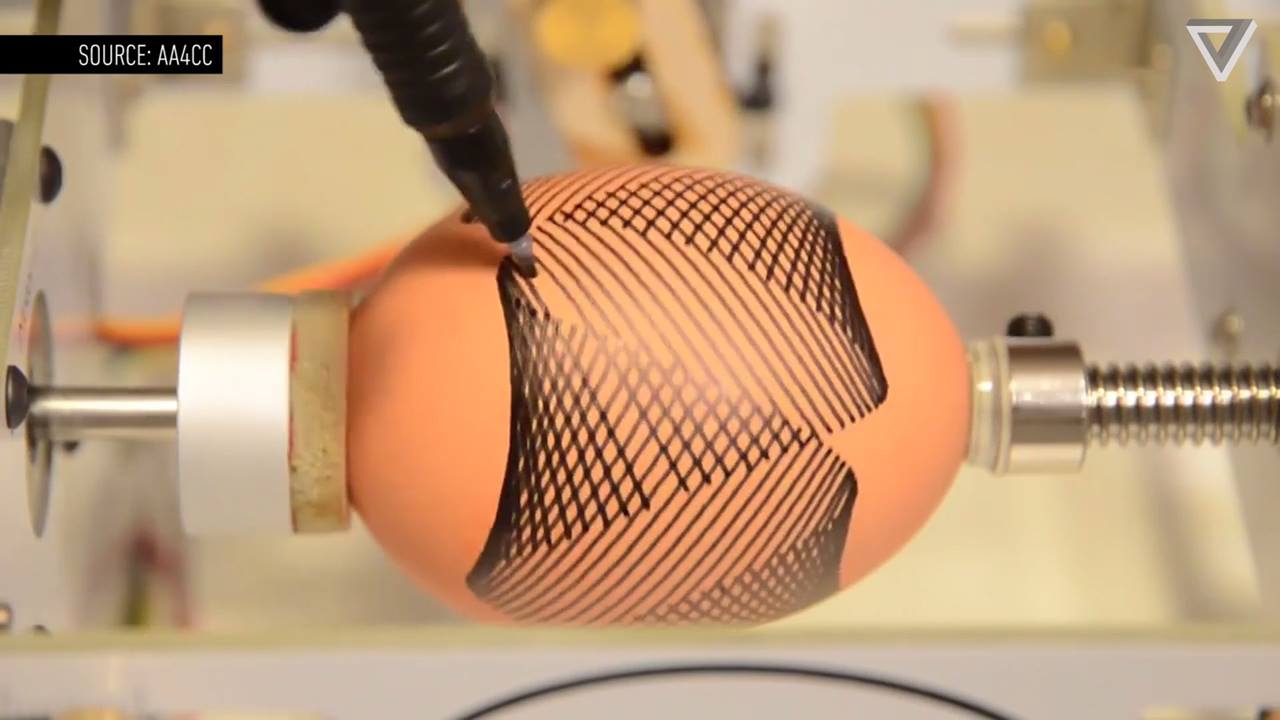Page 11315
Mar 26, 2016
Physicists demonstrate a quantum Fredkin gate
Posted by Shailesh Prasad in categories: computing, quantum physics
Researchers from Griffith University and the University of Queensland have overcome one of the key challenges to quantum computing by simplifying a complex quantum logic operation. They demonstrated this by experimentally realising a challenging circuit—the quantum Fredkin gate—for the first time.
“The allure of quantum computers is the unparalleled processing power that they provide compared to current technology,” said Dr Raj Patel from Griffith’s Centre for Quantum Dynamics.
“Much like our everyday computer, the brains of a quantum computer consist of chains of logic gates, although quantum logic gates harness quantum phenomena.”
Mar 25, 2016
This Drone Can Launch from Under Water
Posted by Shailesh Prasad in categories: drones, innovation

CRACUNS, an innovative drone being developed by Johns Hopkins University, can be launched from under water and live completely submerged for as long as two months. http://voc.tv/14JQHoo
Mar 25, 2016
Monitoring Fugitive Methane Emissions Utilizing Advanced Small Unmanned Aerial Sensor Technology Currently Under Development Through ARPA-E
Posted by Karen Hurst in categories: electronics, robotics/AI, transportation
HOUSTON, March 23, 2016 /PRNewswire/ — Heath Consultants Incorporated (Heath) in collaboration with Physical Sciences Inc. (PSI), is adapting the industry-leading laser-based Remote Methane Leak Detector (RMLD®) for mounting on the InstantEye®, PSI’s two-foot-wide quadrotor Unmanned Aerial Vehicle featuring highly advanced autonomy and all-weather operation. This technology combination, known as the RMLD® Sentry, will implement self-directed flight patterns to continuously monitor, locate, and quantify volumetric leak rates of methane, a potent greenhouse gas, from natural gas production sites.
Photo — http://photos.prnewswire.com/prnh/20160323/347391
Mar 25, 2016
You Can Solve Quantum Mechanics’ Classic Particle in a Box Problem With Code
Posted by Karen Hurst in categories: particle physics, quantum physics
The classic quantum mechanics problem is a particle in a 1-D box. Here is a numerical solution to that problem.
Mar 25, 2016
Machine learning is reshaping security
Posted by Karen Hurst in categories: biotech/medical, cybercrime/malcode, robotics/AI, transportation
At the recent RSA Conference it was virtually impossible to find a vendor that was not claiming to use machine learning. Both new and established companies are now touting “machine learning” as a major component of the data science being used in their products. What the heck is machine learning anyway? And is it really going to reshape cyber security in 2016?
For brevity’s sake, I’ll define machine learning as the science of getting computers to act without being explicitly programmed. Over the past decade, machine learning has enabled self-driving cars, practical speech recognition, effective web search, and has vastly improved our understanding of the human genome. Machine learning is so pervasive today that we use it dozens of times a day without knowing it. Many researchers also think machine learning is the best way to make progress towards human-level Artificial Intelligence.
[ MORE MACHINE LEARNING: Machine learning: Cybersecurity dream-come-true or pipe dream? ].
Mar 25, 2016
New Biotechnology Improves Crop Tolerance To Stress And Absorption Of Nutrients
Posted by Karen Hurst in categories: biotech/medical, food, sustainability
Researchers at the ASU School of Life Sciences may have found a way to improve crop performance and yield with the help of some new biotechnology. They’ve discovered a method to enhance a plant’s tolerance to stress, which could help them survive inclement conditions and still produce food.
The world’s population is currently exploding. There is already well over 7 billion people on Earth, and that number is expected to grow even larger in the next few years. This means that feeding the human race will become more of a challenge in the coming decades.
As the human population grows, climate change is taking its toll. Weather conditions are shifting in areas that are usually used to grow crops, which means that plants in those areas may not produce as much as they normally would. Drought, abnormal heat and other conditions could cause farms to lose production.
Continue reading “New Biotechnology Improves Crop Tolerance To Stress And Absorption Of Nutrients” »
Mar 25, 2016
Gene responsible for sleep deprivation discovered
Posted by Karen Hurst in categories: biotech/medical, neuroscience
Washington D.C.: A new study has revealed that fruit flies, who have similar sleeping habits like humans, can tell a lot about the connection between sleep deprivation and metabolic disorders like diabetes, obesity, and blood glucose levels.
The study conducted by the Florida Atlantic University is the first to identify that a conserved gene called translin works as a modulator of sleep in response to metabolic changes.
The study establishes that translin is an essential integrator of sleep and metabolic state, with important implications for understanding the neural mechanism underlying sleep deprivation in response to environmental challenges.
Continue reading “Gene responsible for sleep deprivation discovered” »
Mar 25, 2016
HIV and AIDS Cure: Way to Eradicate HIV-1 Found Through Gene-Snipping On Its Way to a Clinical Trial
Posted by Karen Hurst in categories: biotech/medical, health

The toughest thing about HIV is the fact that it can mutate and hide and pretend to be a healthy cell. This is what makes it hard to cure HIV or AIDS. However there has been progress in Temple University as their researchers were able to find a way to eradicate HIV-1 from the body through gene-snipping.















